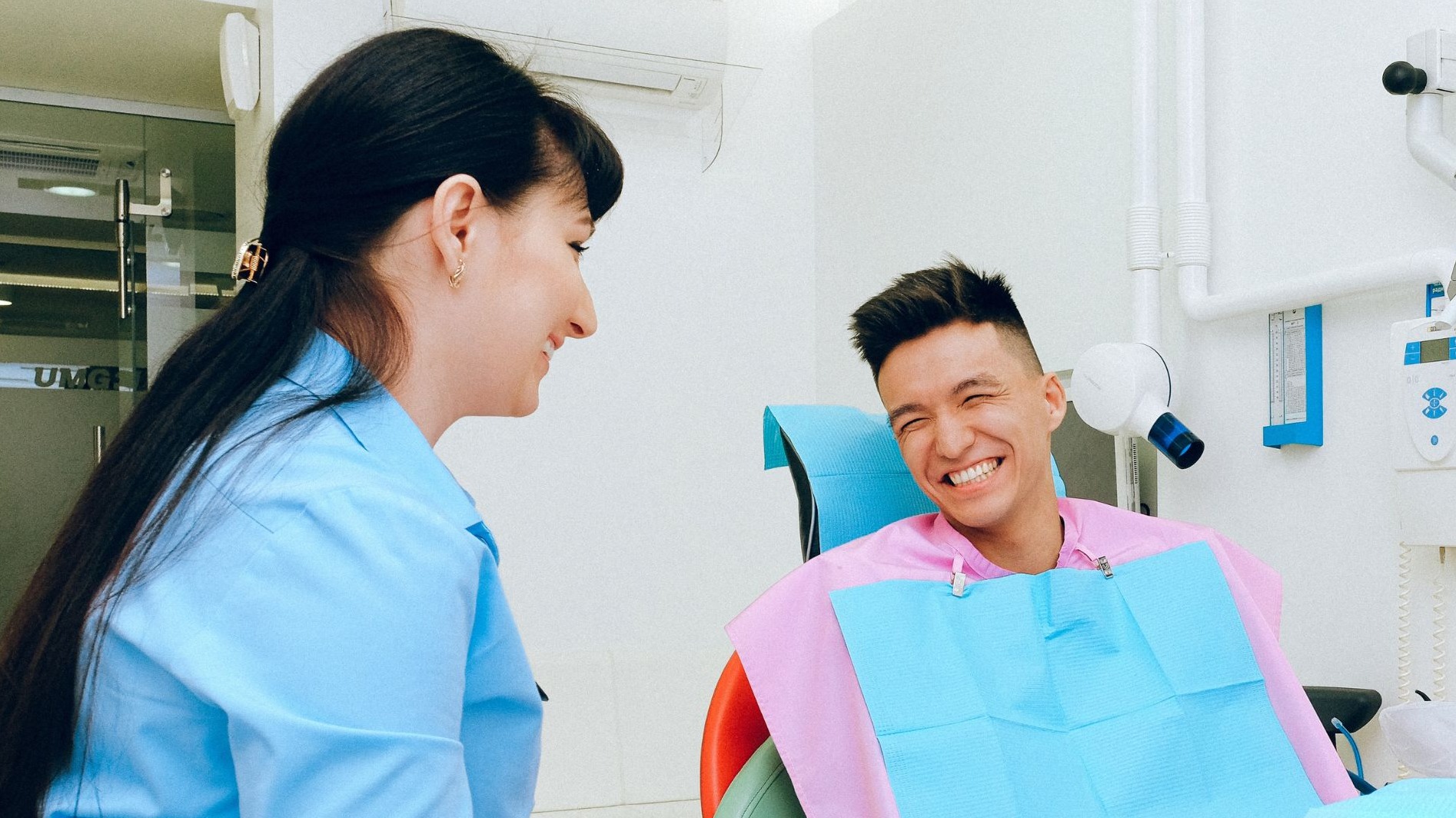A new dental assisting certificate offered at the University of Alberta will help address a shortage of trained professionals in the industry and improve care for patients.
The Faculty of Medicine & Dentistry is set to welcome its inaugural class of dental assisting students next April, through a 10-month, direct-entry program.
“I’m excited to see what we can bring to dental assisting and how we can provide opportunities to prepare dental assistants to graduate and confidently enter the dental workforce,” says Carla Clarke, director of the dental assisting program.
Dental assistants are in high demand across Canada, according to the Canadian Dental Association, with more than one-third of dental practices reporting unfilled positions. Clarke expects that with a certification from the U of A, graduates will be highly sought after to help fill that need.
“Our mission in the College of Health Sciences is to advance the full spectrum of health in the communities we serve by training the next generation of health-care providers. Creating this program is part of our commitment to responding to the workforce needs of the province and beyond,” says Brenda Hemmelgarn, college dean and vice-provost.
Dental assistants play a crucial role in the operation of a dental practice, says Clarke, taking on a variety of tasks including preparing equipment, assisting in dental procedures, infection control, taking X-rays and providing patient care and education.
“Knowing you’re contributing to the patient’s overall health, helping to prevent dental issues and making a difference in their lives can be very personally rewarding,” says Clarke, who has worked in the field for 30 years, first as a dental assistant, then an instructor.
Along with classroom studies, students in the dental assisting program will gain hands-on experience in labs and in clinical settings. Part of that involves working alongside dentistry and dental hygiene students at the School of Dentistry’s Oral Health Clinic, which offers dental services to the public.
“Early on in the program, they get exposed to that team environment and collaborative practice. So once they graduate, they have (already) worked with future colleagues, they’ve worked with the various team members, they’ve worked with patients,” Clarke says. She notes the small class size — a maximum of 26 students will be accepted for each intake — will enhance the learning experience.
Students are also required to complete a two-week practicum at a dental practice in the community before graduating.
Clarke says studying dental assisting at the School of Dentistry gives students a major advantage, noting they will have access to the latest equipment and technology, as well as instruction from experienced faculty. Students will also make valuable connections with future colleagues before they enter the workforce, she adds.
Blaine AuCoin, clinical associate professor with the School of Dentistry, says all students at the school — whether dental, dental hygiene or dental assisting — will benefit by working together to provide patient care at the Oral Health Clinic.
“They will get an incredible amount of exposure to working in a team environment,” says AuCoin. “The dental assisting students will also be exposed to many aspects of oral health care, which they may not see in other programs.”
A practising dentist in Alberta for nearly 35 years, AuCoin says dental assistants are valued members of a dental team, ensuring clinics run smoothly and efficiently, and playing a key role in patient care and comfort.
“It is impossible to run a dental clinic without the knowledge and skills of a dental assistant,” he says.
Students can apply for the inaugural class until Dec. 1. Previous post-secondary education is not needed but certain prerequisites are required.
